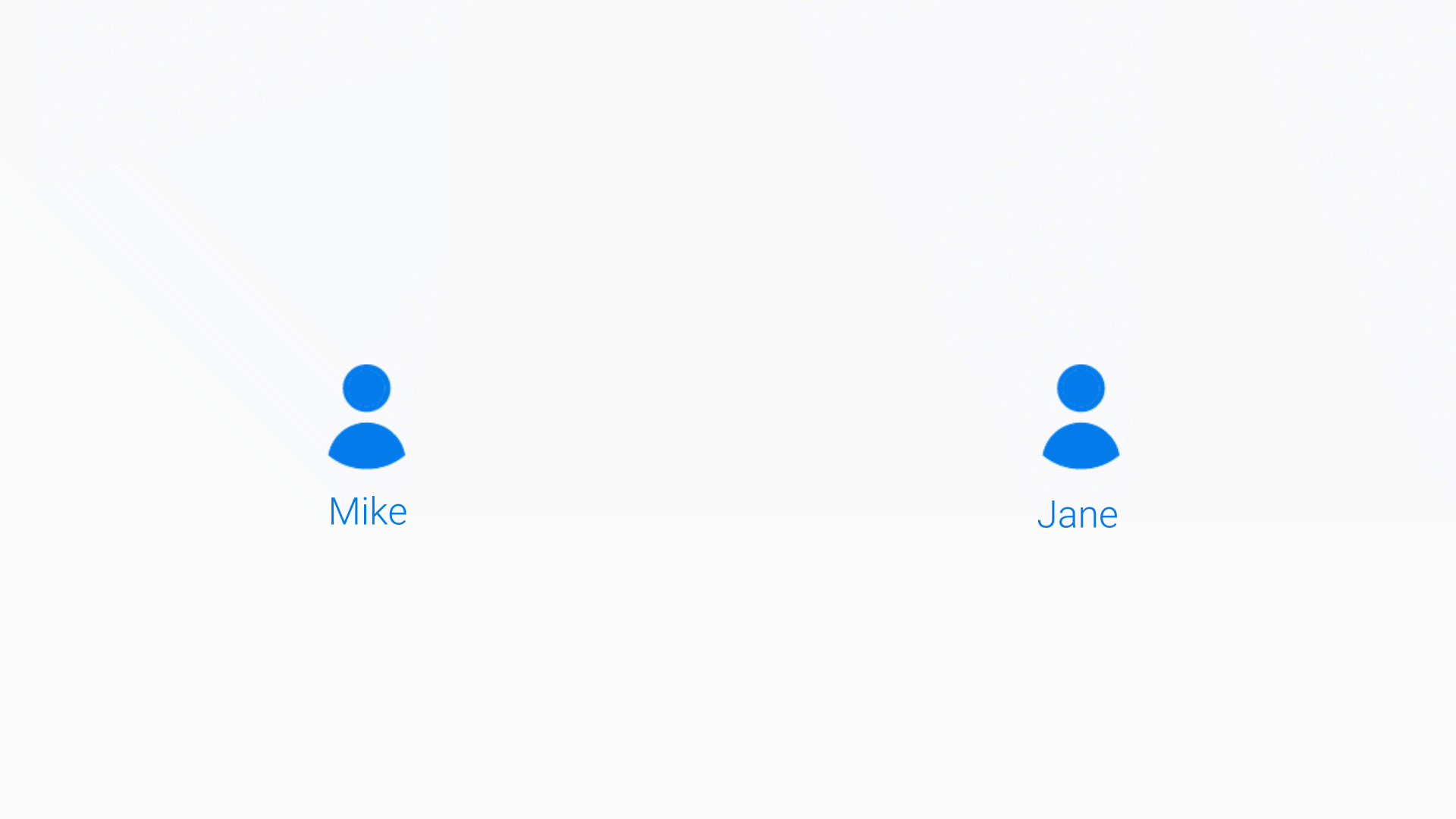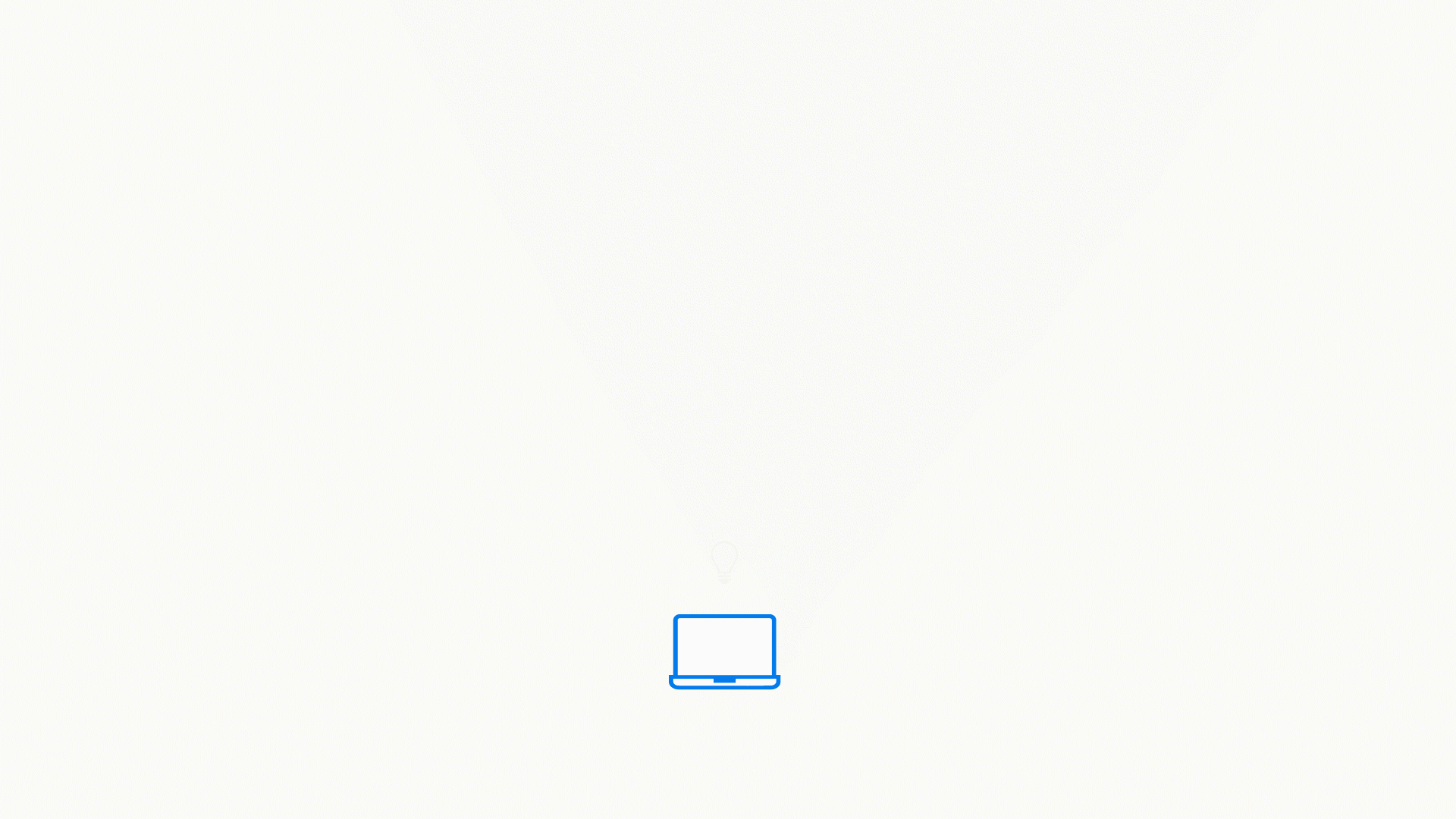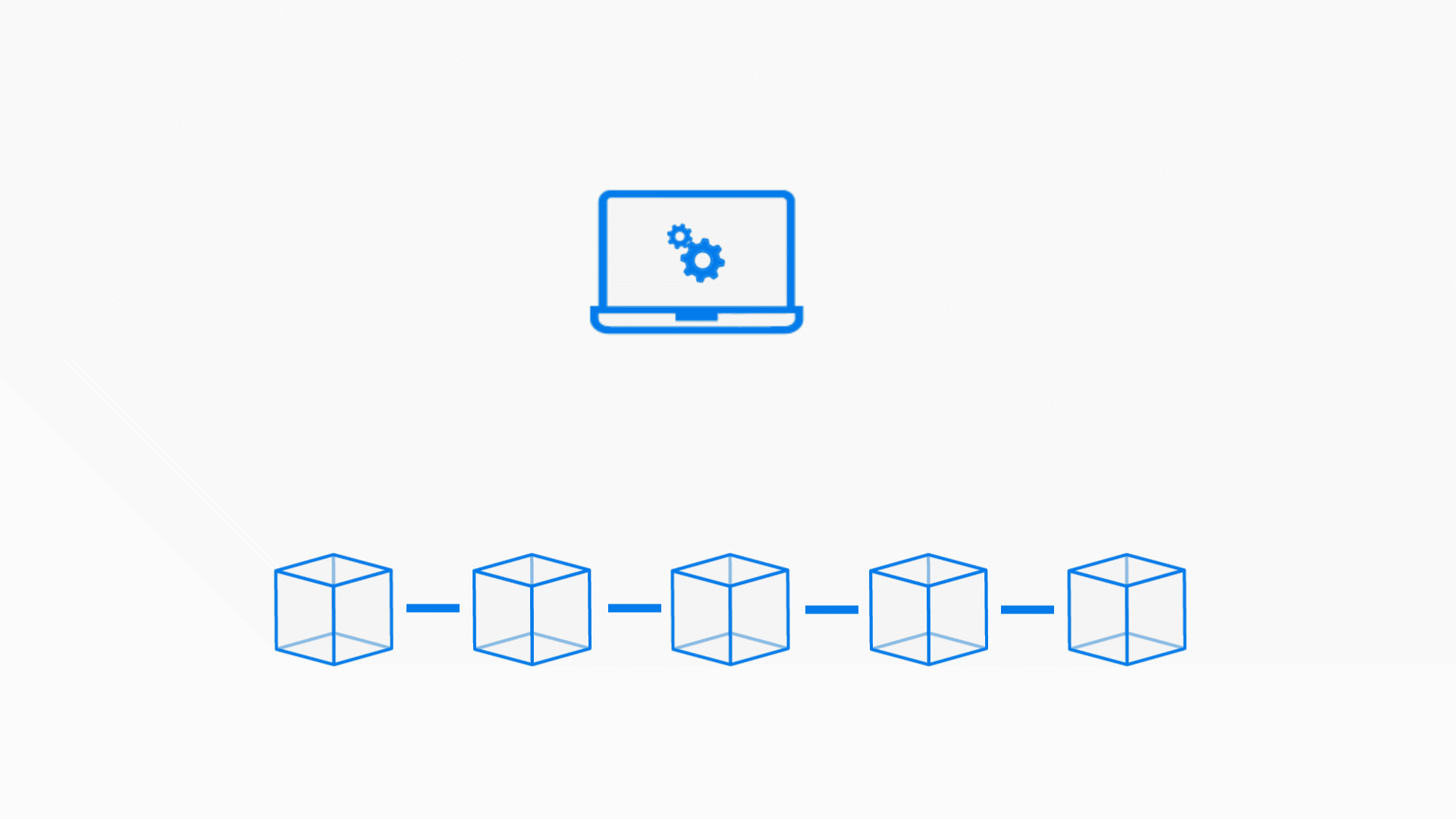The bitcoin network is the first decentralized peer-to-peer payment network that is powered by its users with no central authority.
How secure is the Bitcoin network?
Blockchains store data using math and innovative software rules that are extremely difficult for attackers to manipulate. The bitcoin protocol includes several features that protect it against some of attacks, such as unauthorized spending, double spending, forging bitcoins, and tampering with the blockchain.
A brief history of Bitcoin and Bitcoin network.
August 18th 2008
A domain name "bitcoin.org" was registered and the word bitcoin first appeared
October 31st 2008
There was a link posted to a cryptography mailing list for a paper written by Satoshi Nakamoto and titled Bitcoin: A Peer-to-Peer Electronic Cash System.
January 2009
Bitcoin software was implemented and released as open-source code by Nakamoto
January 3rd 2009
The bitcoin network was created when Nakamoto mined the first block of the chain, known as the genesis block.
January 12th 2009
Hal Finney received the first bitcoin transaction from Nakomoto
2010
Satoshi Nakamoto disappears and hands the network alert key and control of the code repository over to Gavin Andresen, who later became a lead developer at the Bitcoin Foundation and requested control decentralization.
2011
The price of Bitcoin started at 0.30$
December 17th 2017
Reaching its peak at $19,783.06
Nakamoto's identity remains unknown to this day although there are many theories on who he/they might be.
The size of the network.
Since the creation of bitcoin in 2009 the size of the Bitcoin blockchain has been growing rapidly, reaching approximately 218 gigabytes in size by the middle of May 2019. The average block size on the Bitcoin network is 0.804MB, and there is an average of 1609 transactions per block.
What is mining?
Mining is the process of confirming pending transactions by including them in the blockchain, creating new Bitcoins and increasing security.
What steps do miners have to take:
- Check country limitations (in some countries mining is illegal).
- Buy mining hardware (ASIC miners are specialized computers that were built for the sole purpose of mining bitcoins) and get Bitcoin Mining Software (after choosing mining pool a mined needs bitcoin mining software to join the pool. By this point, they should also have a wallet or an address where the bitcoin payout should be sent to.).
- Decide if he wants to do solo mining (not recommended as it is very hard) or chooses a mining pool (Sharing hash rate with the pool and once mining a block they share the payout based on how much you contributed).
- Calculate the profit (when the prices go up, profitability is bigger but so is the number of miners).
- Start mining.
Mining process:

- Person A, let’s call him Mike, wants to send assets to person B named Jane. He sends this information called transaction to nodes connected to Mike’s wallet. - A node is a computer that is running the Bitcoin program and it is connected to other computers (running the same program) to create a Network. It’s jobs are: to follow set rules, sharing information and to keep a copy of confirmed transactions.

- Miners, like full nodes, maintain a complete copy of the blockchain and monitor the network for newly-announced transactions. Miners race each other to complete the work, which is to “package” the current block so that it’s acceptable to the rest of the network. Acceptable blocks include a solution to a Proof of Work computational problem, known as a hash. The more computing power a miner controls, the higher their hash rate and the greater their odds of solving the current block.
- The first miner to solve the block containing Mike's payment to Jane announces the newly-solved block to the network. If other full nodes agree the block is valid, the new block is added to the blockchain and the entire process begins afresh. Once recorded in the blockchain, Mike's payment goes from pending to confirmed status.

Cons of mining:
- Money: The process of mining is energy-intensive as electricity can consume more than 90% of the operating costs for miners.
- Environment: High electricity consumption is also not good for the environment.
- Limitations: As already mentioned a miner has to check what mining limitations are in their country.
- Tax: Different countries also have different taxes on mining.
Since we are on the topic of mining. There is also an option of cloud mining where a miner doesn’t need to purchase their own mining hardware. Cloud mining means a miner has to pay money to a company's such as Hashflare or Genesis Mining who use the funds to buy mining equipment and maintain the upkeep of their current mining rigs.
What is Proof-of-Work?
Firstly mentioned in 1993, Proof of Work was defined as a way to prevent denial of service attacks and other service abuse (such as spam on a network). Today it is the most famous decentralized mechanism of consensus thanks to the development of the Bitcoin. This algorithm is used to confirm transactions and produce new blocks to the chain. With PoW, miners compete against each other to complete transactions on the network and get rewarded. It provides the needed security and has been proven to work well so far.